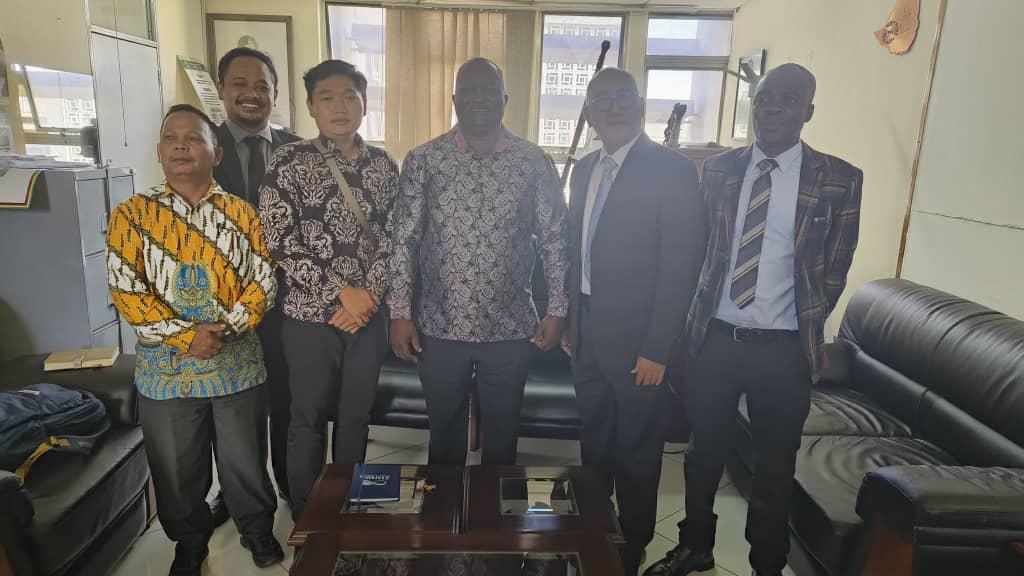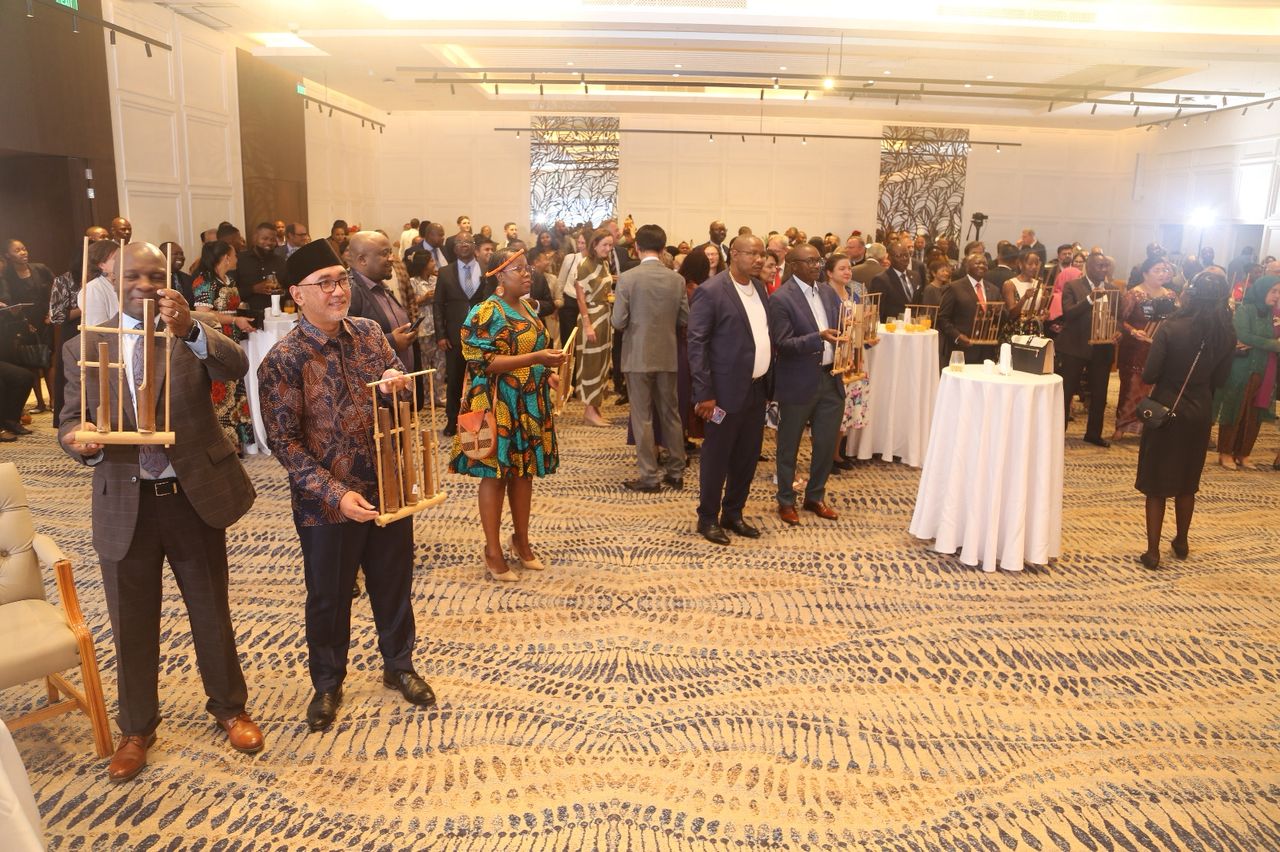
SADC Chairperson and The President of the Republic of Zimbabwe Dr Emmerson Dambudzo Mnangagwa symbolically lifts the gavel to signify his take over of the chairmanship of the regional bloc
By George Swarei
Harare, Zimbabwe — 17 August 2024 — In an atmosphere charged with the significance of the moment, His Excellency, Dr. Emmerson Dambudzo Mnangagwa, President of the Republic of Zimbabwe, stood before an assembly of regional leaders, dignitaries, and citizens at the 44th Ordinary Southern African Development Community (SADC) Summit. As the newly elected Chairperson of SADC, President Mnangagwa’s acceptance speech marked not just a transition of leadership but also a renewal of the region’s commitment to sustainable development and economic integration.
The summit, held in Harare, was a significant event, gathering leaders from across the region to discuss and strategize on the future of SADC. The theme for this year, *“Promoting Innovation to Unlock Opportunities for Sustainable Economic Growth and Development towards an Industrialised SADC,”* set the tone for the discussions and underscored the urgency of harnessing innovation as a catalyst for economic transformation.
Acknowledging Past Leadership and Setting the Stage
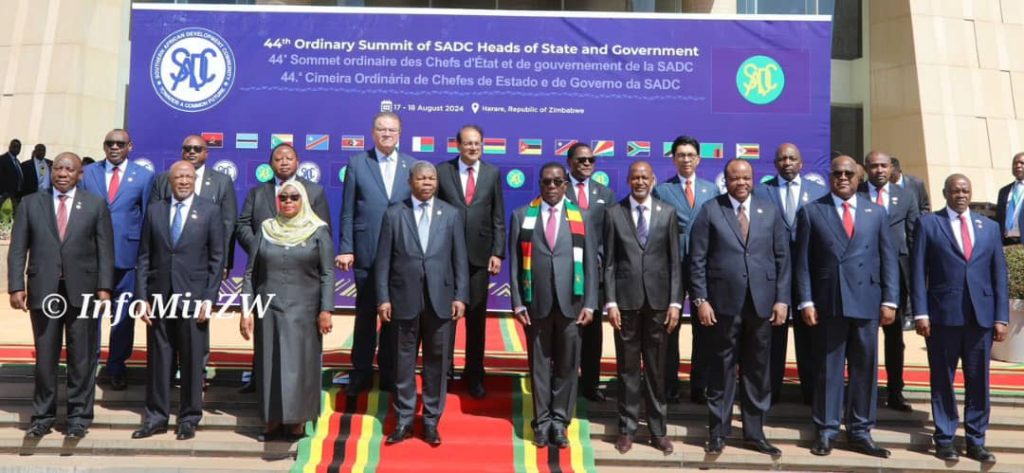
In his address, President Mnangagwa began by paying tribute to his predecessor, President João Lourenço of Angola, whose tenure he described as marked by “astute and visionary leadership.” President Lourenço, he noted, successfully navigated the region through various challenges while ensuring that the integration agenda remained on course. This acknowledgment was not just a customary nod to continuity but a recognition of the collective effort required to sustain the momentum of SADC’s development agenda.
The new chairperson also extended his appreciation to President Hakainde Hichilema of Zambia for his leadership of the Organ on Politics, Defence and Security Cooperation. He highlighted the Organ’s critical role in fostering unity, democracy, and the rule of law, which are foundational to SADC’s stability and growth.
Emphasizing Innovation as a Pillar of Development
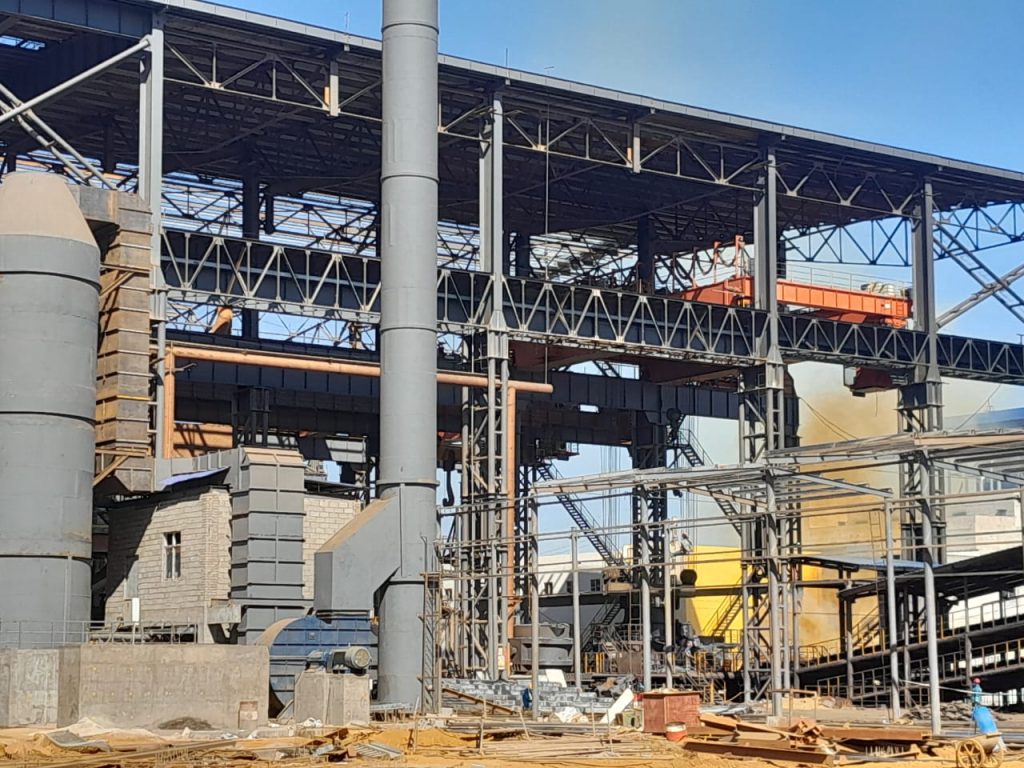
Central to President Mnangagwa’s vision for his tenure as SADC Chairperson is the role of innovation in driving the region’s economic growth. He called on member states to leverage their human capital to spur technological advancements that would “leap-frog the modernization and industrialization of SADC.” The emphasis on innovation is a clear recognition of the global shift towards knowledge-based economies, where technological innovation is key to competitiveness and sustainable development.
“Innovation,” he stated, “must be harnessed to produce goods and services through value addition and beneficiation of our rich mineral and related natural resources.” This call to action reflects a strategic pivot towards maximizing the value of the region’s natural resources by developing industries that can process raw materials locally, rather than exporting them in their raw form. This approach not only creates jobs but also adds value to the region’s economies.
The Fourth Industrial Revolution: A New Frontier
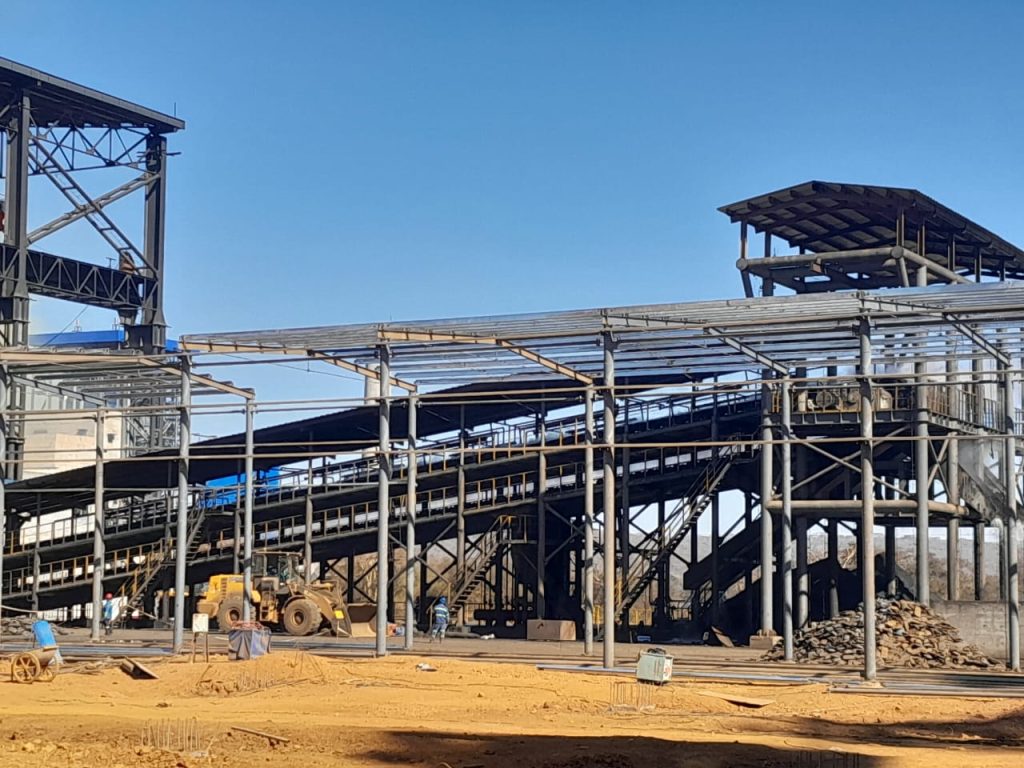
President Mnangagwa’s speech highlighted the importance of the Fourth Industrial Revolution (4IR) and its impact on SADC’s economic landscape. He urged member states not to fall behind in this new frontier, where advancements in artificial intelligence, biotechnology, and renewable energy are rapidly transforming industries.
“Our SADC bloc cannot afford to fall behind in the new and fast-changing frontier of science, technology, and innovation,” he warned. The president’s call to action is particularly relevant as African countries seek to catch up with more developed regions in adopting 4IR technologies. By embracing these technologies, SADC can increase productivity and build a more resilient and diversified economic base.
The Role of Higher Education and Private Sector Engagement
Recognizing the critical role of education and the private sector in driving innovation, President Mnangagwa lauded the success of Zimbabwe’s innovation hubs, which have been established at all state universities. These hubs, he noted, have developed a “sense of self-belief, skills, and competencies” among the youth, transforming livelihoods and contributing to the economy.
The president also emphasized the importance of public-private partnerships, citing the successful SADC Industrialisation Week and Investment Forum as key platforms for fostering dialogue and collaboration. These engagements, he argued, are essential for scaling up people-to-people and business-to-business exchanges, which are crucial for deepening regional integration.
Addressing the Challenges of Climate Change

While the speech was forward-looking in its emphasis on innovation and industrialization, President Mnangagwa did not shy away from acknowledging the challenges that the region faces, particularly those related to climate change. He noted the “far-reaching negative impacts” of climate-induced natural disasters on human and food security and called for increased investments in transformative agriculture and food systems.
The president’s call for the full operationalization of the SADC Humanitarian and Emergency Centre reflects the region’s growing recognition of the need for robust climate mitigation and resilience-building strategies. These efforts, he suggested, are crucial for ensuring that SADC remains capable of feeding itself and mitigating the worst effects of climate change.
Energy Infrastructure and the Green Agenda
In discussing the region’s energy needs, President Mnangagwa emphasized the importance of expanding and diversifying energy infrastructure, with a particular focus on renewable energy. As developing countries that contribute the least to global carbon emissions, SADC member states are nonetheless disproportionately affected by climate change. The president highlighted Zimbabwe’s own efforts to broaden its energy mix, including the development of facilities that convert waste to energy.
One such initiative, the Geo-Pomona Waste Management Plant, was highlighted as a model of innovative energy solutions that align with the region’s green agenda. The president’s invitation to summit delegates to visit the facility underscored his commitment to showcasing practical solutions that can be replicated across the region.
A Call for Unity and Sovereignty

Throughout his speech, President Mnangagwa struck a note of regional solidarity, invoking the shared history of struggle and liberation that binds SADC member states. He reminded the audience of the “sacred duty” to honor the sacrifices of past heroes by “jealously guarding and defending our sovereignty and right to economic self-determination.” This rhetoric of unity and self-reliance is a recurring theme in SADC’s discourse, reflecting the region’s collective resistance to external pressures and its commitment to charting its own path to development.
The president’s call for unapologetic confidence in the region’s abilities was a powerful reminder of the potential that lies within SADC. “Through unity and hard honest work, nothing is impossible,” he declared, urging the people of SADC to take ownership of their development agenda.
Looking Forward: The Path Ahead for SADC
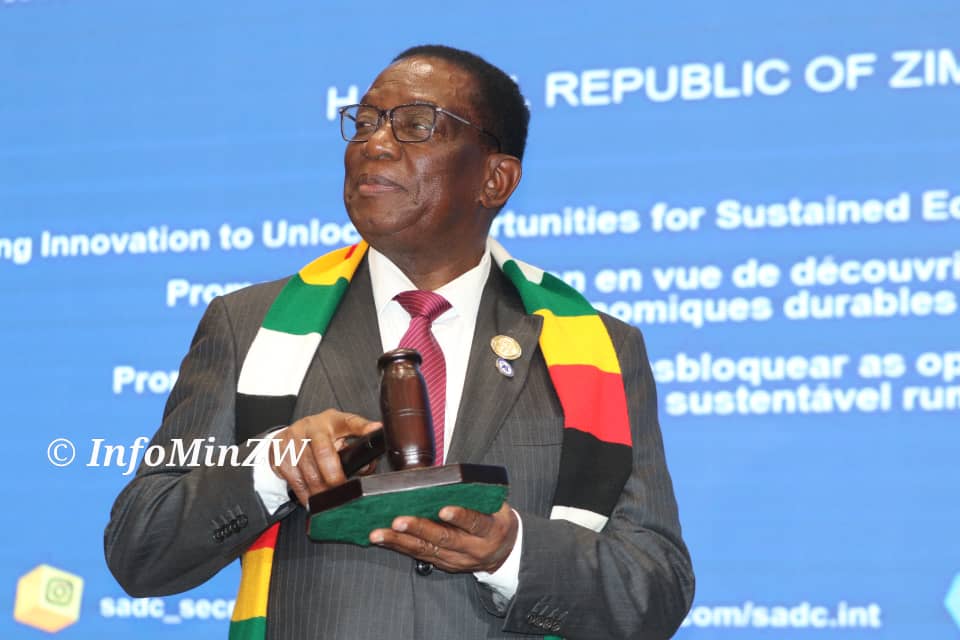
As President Mnangagwa takes on the mantle of SADC Chairperson, his vision for the region is clear: a future where innovation drives industrialization, where regional integration is deepened, and where the challenges of climate change are met with resilience and determination.
His speech was not just a statement of intent but a rallying cry for action. By aligning SADC’s goals with the imperatives of the Fourth Industrial Revolution, President Mnangagwa is positioning the region to take advantage of new opportunities for growth and development. His emphasis on innovation, education, and public-private partnerships reflects a pragmatic approach to achieving these goals.
As the summit concluded, there was a palpable sense of anticipation in the air. The challenges ahead are significant, but so too are the opportunities. Under President Mnangagwa’s leadership, SADC has the potential to make great strides towards a more prosperous and integrated future. The journey will require the collective effort of all member states, but with unity and determination, the vision of an industrialized SADC can become a reality.
In closing, President Mnangagwa reiterated his commitment to the founding principles of SADC and the vision of its great luminaries. His final words, “Aluta Continua; Victory is Certain,” echoed the spirit of resilience and hope that has always characterized the region. As SADC moves forward under new leadership, the message is clear: the future is bright, and the possibilities are endless.
